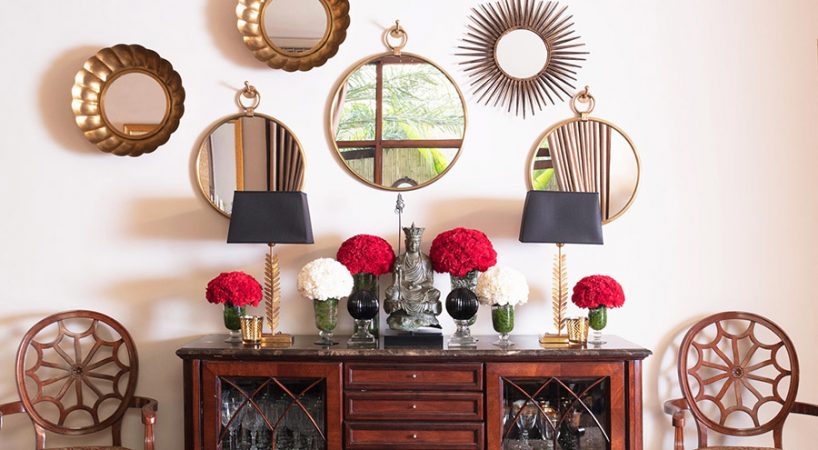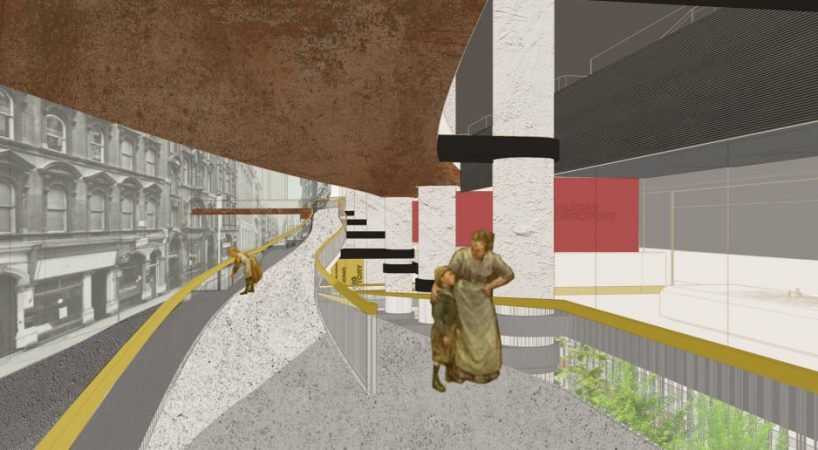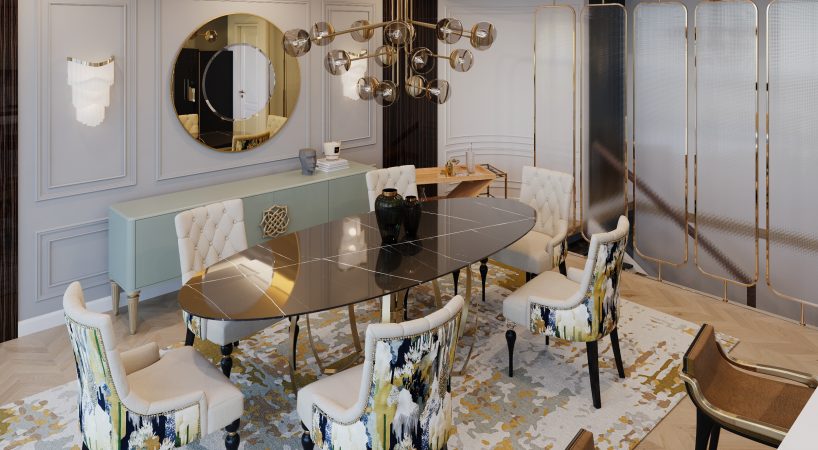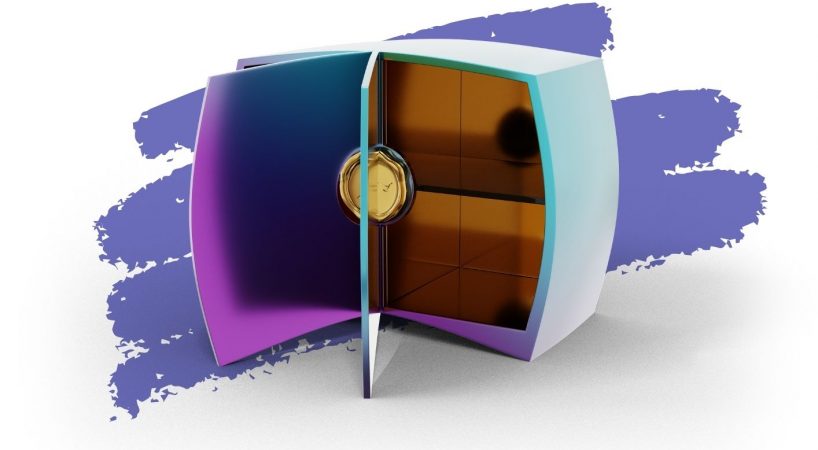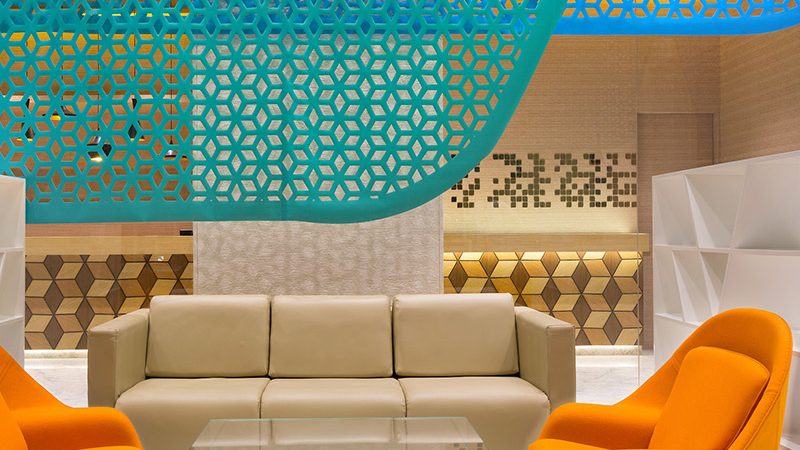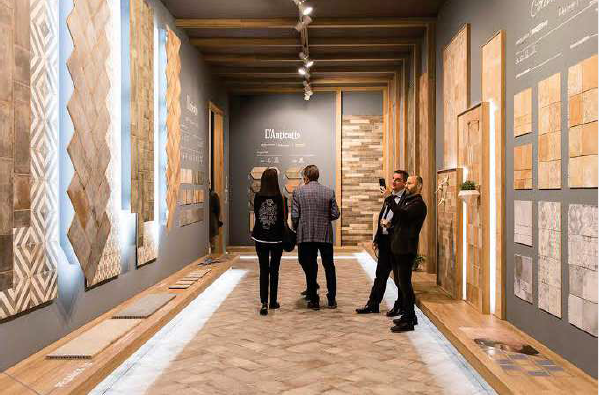Buckingham Palace
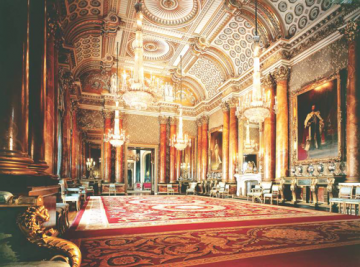
George ||| bought Buckingham House in 1761 for his wife Queen Charlotte to use as a comfortable family home close to St james’s Palace, Where many court functions were held. Buckingham House became known as the Queen’s House, and 14 of George |||’s 15 children were born there.
In 1762 work began on remodelling the house to the king’s requirements, to designs by Sir William Chambers, at a cost of E73,000.
George 4, on his accession in 1820, decided to reconstruct the house into a pied-a-terre, using it for the same purpose as his father George |||.
As work progressed, and as late as the end of 1826, the king had a change of heart. With the assistance of his architect, John Nash, he set about transforming the house into a palace. Parliament agreed to a budget of E450,000 as a more realistic figure.
Nash retained the main block but doubled its size by adding a new suite of rooms on the garden side facing west. Faced with mellow Bath stone, the external style reflected the French neo-classical influence favoured by George 4.
The remodelled rooms are the State and semi – State and semi – State Rooms, which remain virtually unchanged since Nash’s time. Many of the pieces of furniture and works of are in these rooms were bought or made for Carlton House (George 4’s London base when he was Prince of Wales), which was demolished in 1827.
The north and south wings of Buckingham House were demolished and rebuilt on a larger scale with a triumphal arch-the Marble Arch – as the centrepiece of an enlarged courtyard, to commemorate the British victories at Trafalgar and Waterloo.
By 1829 the costs had escalated to nearly half a million ponds. Nash’s extravagance cost him his job, and on the death of George 4 in 1830, his younger brother William 4 took on Edward Blore to finish the work.
The King never moved into the Palace. Indeed, when the Houses of Parliament were destroyed by fire in 1834, the king offered the Palace as a new home for Parliament, but the offer was declined.
Queen Victoria was the first sovereign to take up residence in July 1837, just three weeks after her accession, and in June 1838 she was the first british sovereign to leave from Buckingham Palace for a Coronation. Her marriage to Prince Albert in 1840 soon showed up the Palace’s shortcomings.
A serious problem for the newly married couple was the absence of any nurseries and too few bedrooms for visitors. The only solution was to move the Marble Arch – it now stands at the north-east corner of Hyde Park – and build a fourth wing, thereby creating a quadrangle. Blore, the architect in charge, created the East Front and,thanks largely to his builder, Thomas Cubitt, the costs were reduced from E150000 to e106,000. The cost of the new wing was largely covered by the sale of George 4’s Royal Pavilion at Brighton.
Blore added an attic floor to the main block of the palace and decorated it externally with marble friezes originally intended for Nash’s Marble Arch. The work was completed in 1847.
By the turn of the century the soft French stone used in Blore’s East Front was showing signs of deterioration, largely due to London’s notorious soot, and required replacing. In 1913 the decision was taken to reface the facade. Sir Aston Webb, with a number of large public buildings to his credit, was commissioned to create a new design. Webb chose Portland Stone, which took 12 months to prepare before building work could begin. When work did start it took 13 weeks to completed the refacing, a process that included removing the old stonework. The present forecourt of the Palace, where Changing the Guard takes place, was formed in 1911, as part of the Victoria Memorial scheme.
The gates and railings were also completed in 1911; the North – Centre Gate is now the everyday entrance to the Palace, whilst the Central Gate is used for State occasions and the departure of the guard after Changing the Guard.
The work was completed just before the outbreak of the first World War in 1914.











